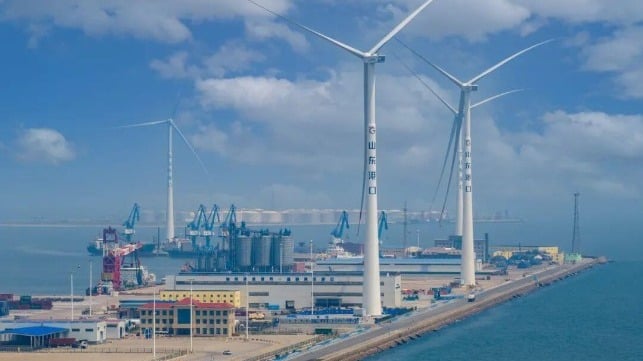Weifang Port Leads the Way: China's First Carbon-Neutral Port
Key Ideas
- Weifang Port in Shandong, China, has been officially certified as carbon-neutral, setting an example for the global shipping industry.
- The port achieved carbon neutrality by transitioning from fossil fuels to green energy sources like wind power and hydrogen vehicles, with additional measures like purchasing carbon credits.
- While progress is being made in decarbonizing ports and the shipping industry, challenges such as increasing energy consumption and outdated infrastructure hinder the transition to zero-carbon operations.
- Experts highlight the importance of improved spatial planning, clean energy deployment, and regulatory standards to further advance the zero-carbon goals of ports across the world.
Weifang Port in Shandong, China, has made history by becoming the first port in the country to achieve carbon neutrality. Certified by the China Classification Society Quality Certification Company, the port's transition to zero-carbon operations involved a shift away from fossil fuels to green energy sources like wind power and hydrogen vehicles. To offset unavoidable emissions, Weifang Port purchases carbon credits. This milestone comes amid global efforts to decarbonize the shipping industry, which accounts for 3% of greenhouse gas emissions. While other Chinese ports are also making strides towards zero-carbon status, challenges such as increasing energy consumption and outdated infrastructure remain. Experts emphasize the need for improved spatial planning, clean energy deployment, and regulatory standards to facilitate the transition to sustainable port operations.
Topics
Power
Clean Energy
Carbon Reduction
Carbon Neutrality
Shipping Industry
Transportation Sector
Port Management
Latest News
